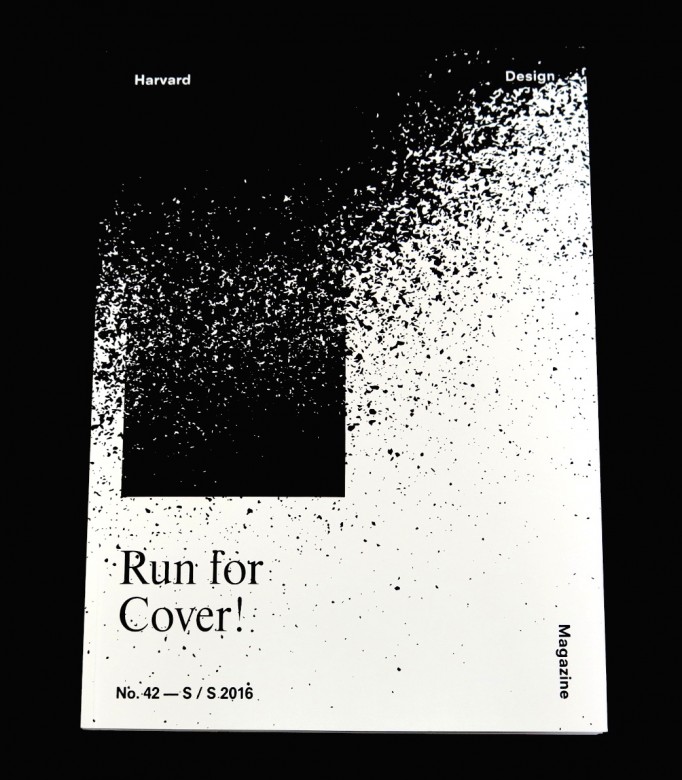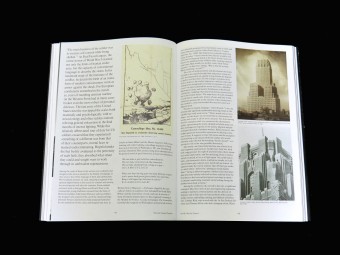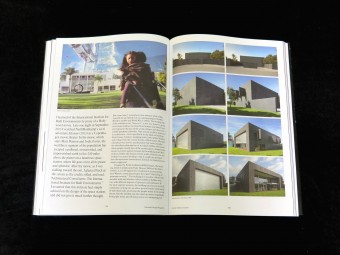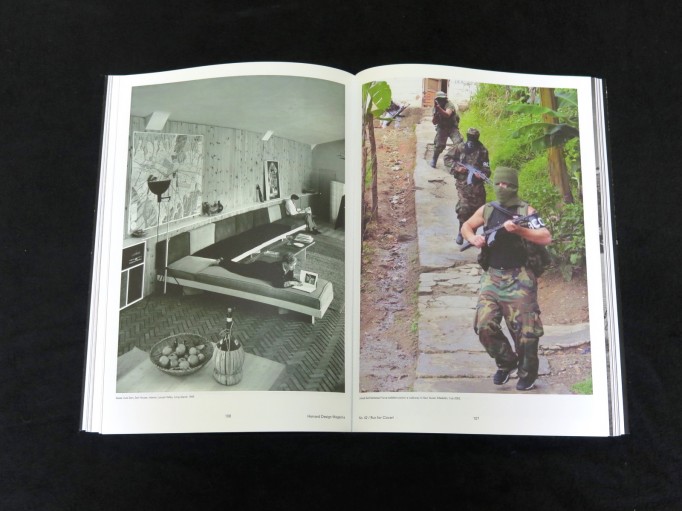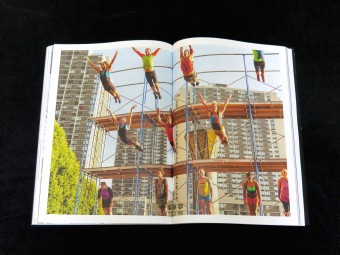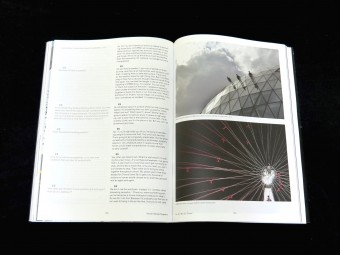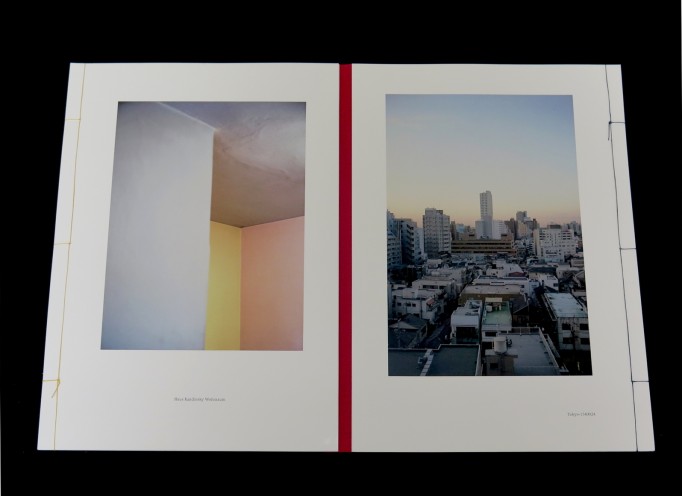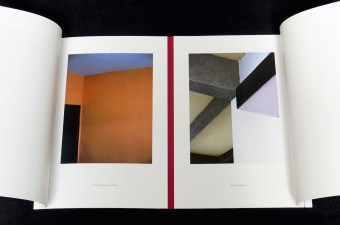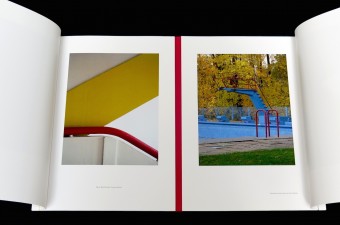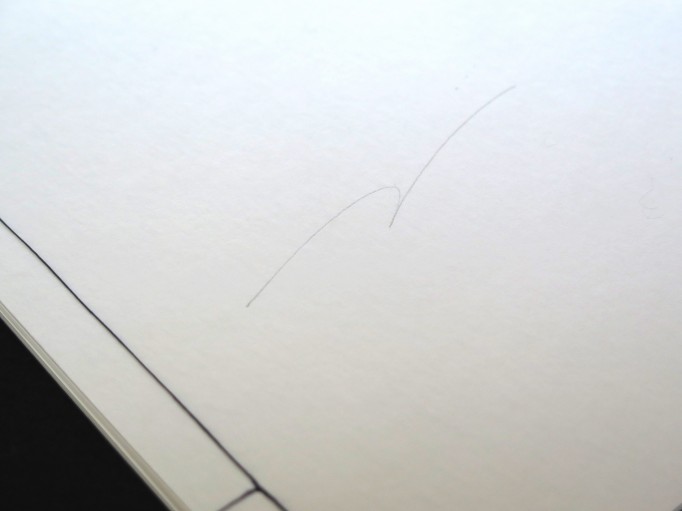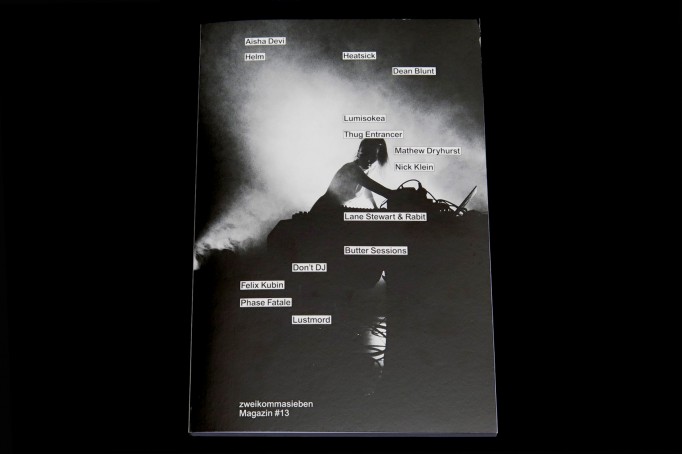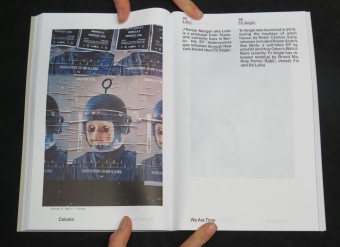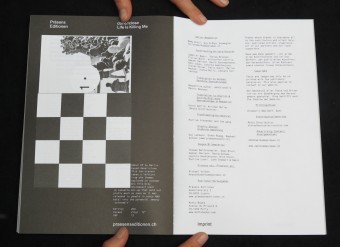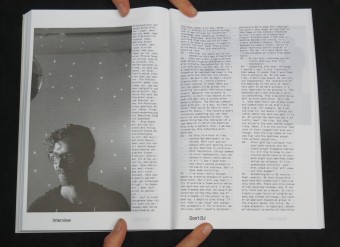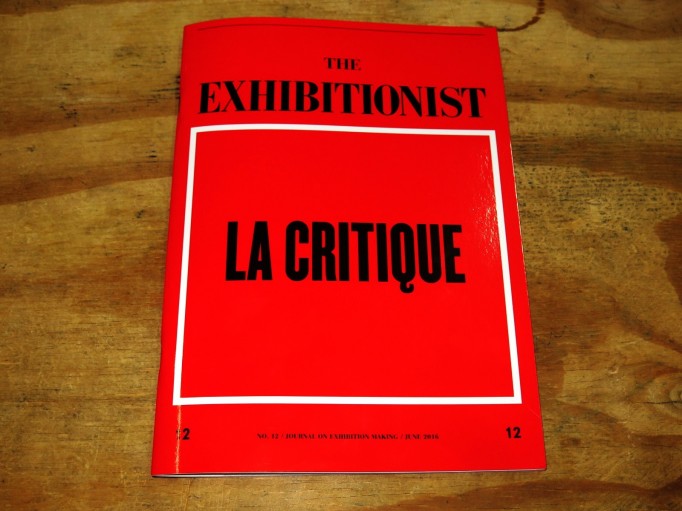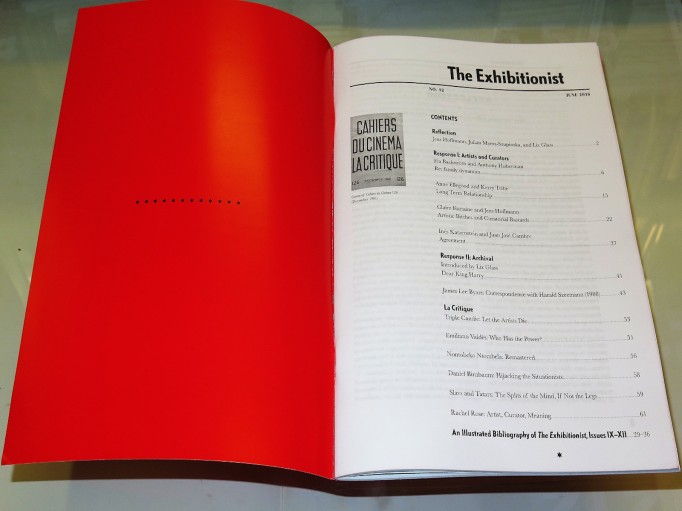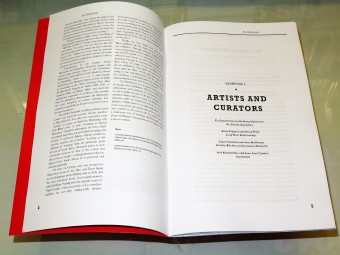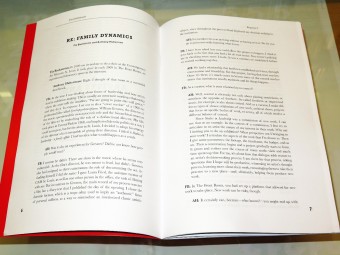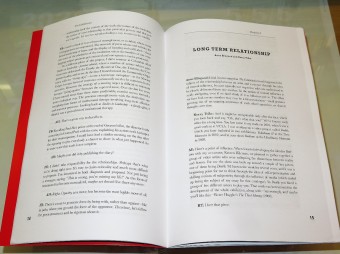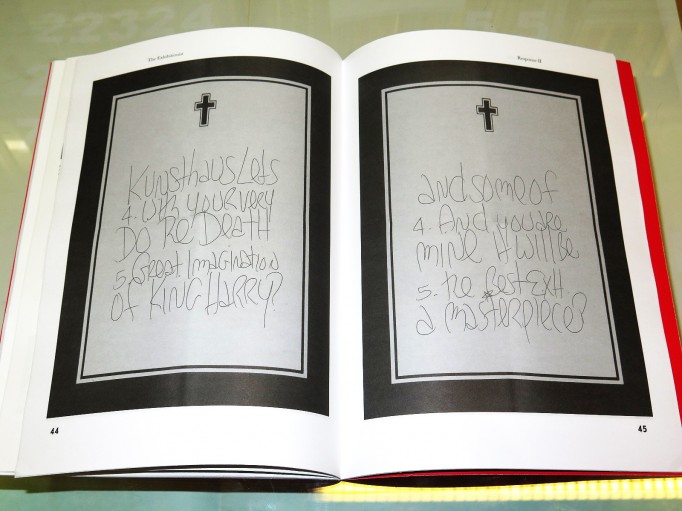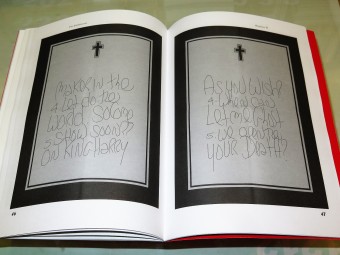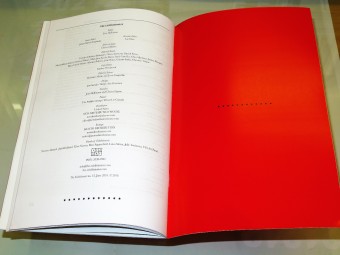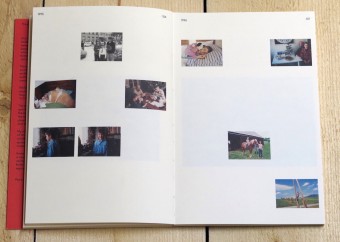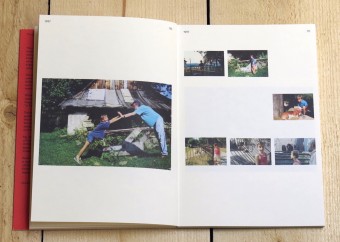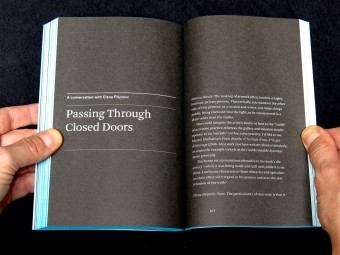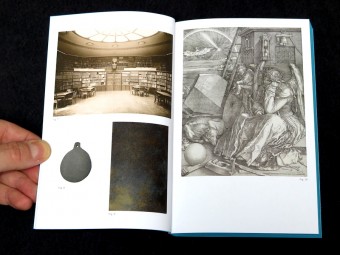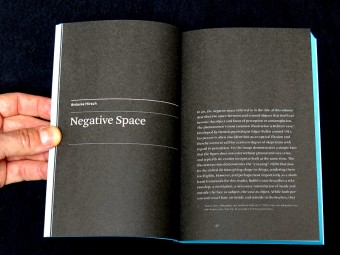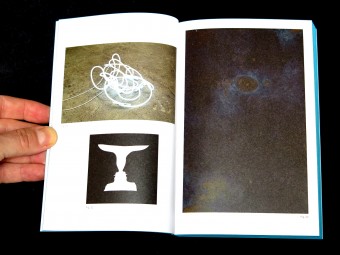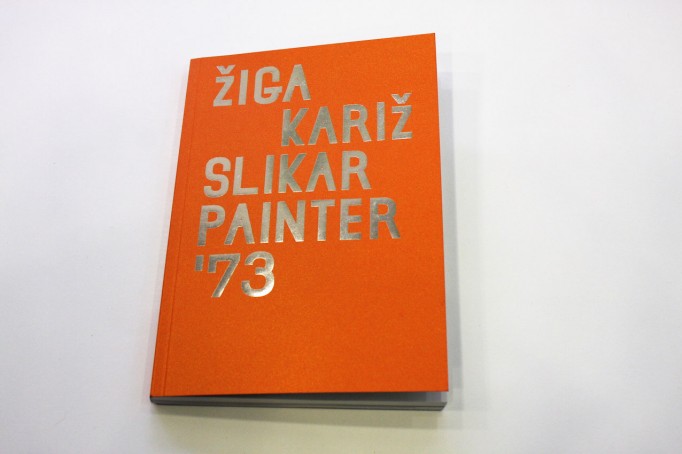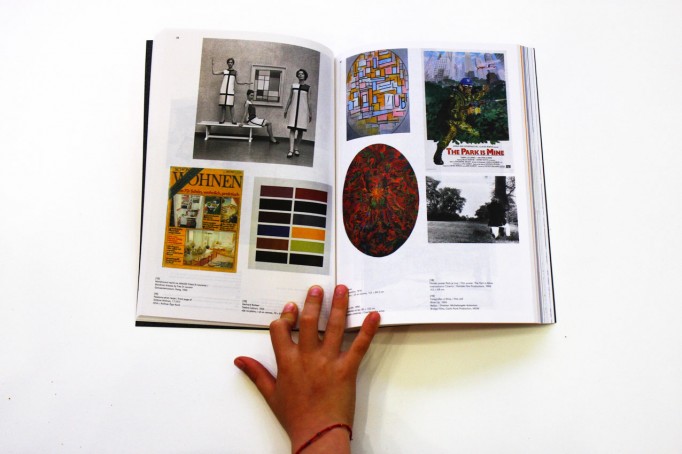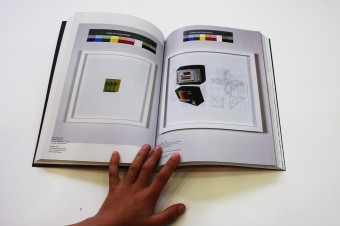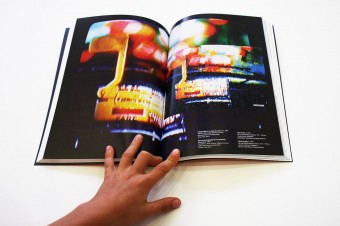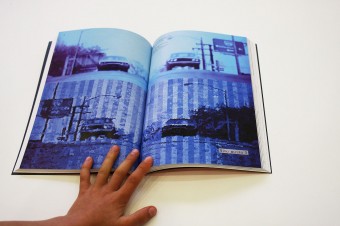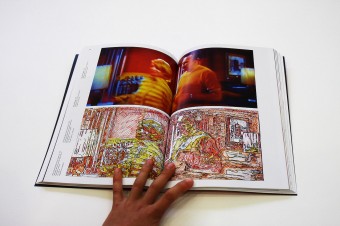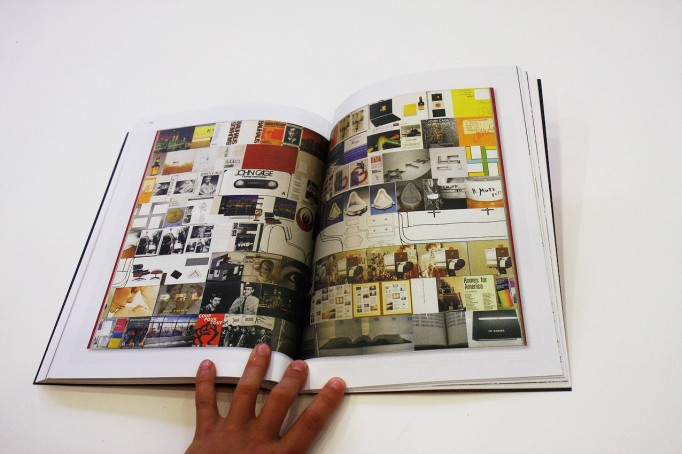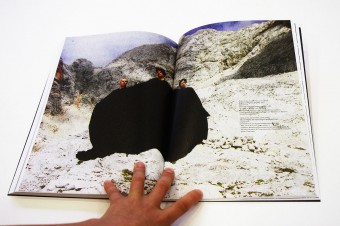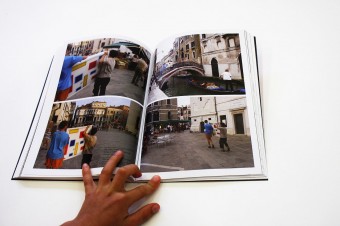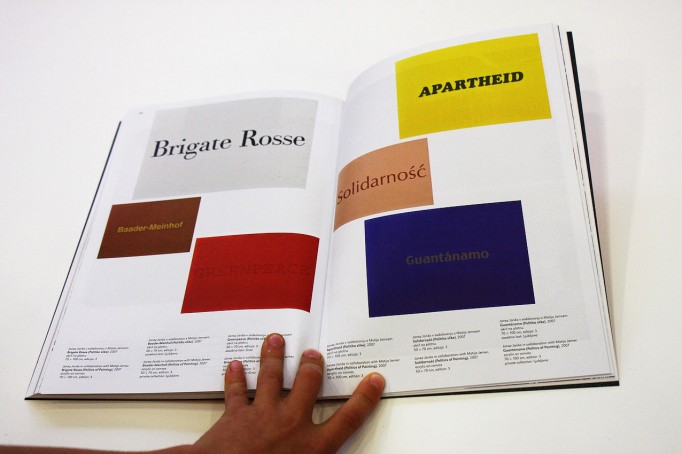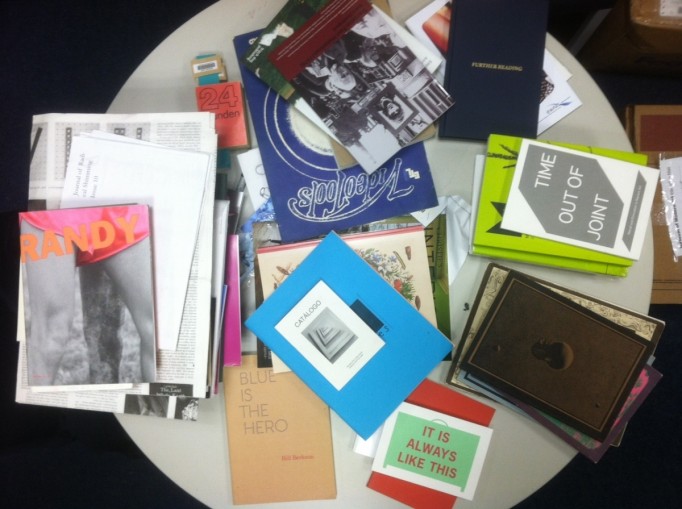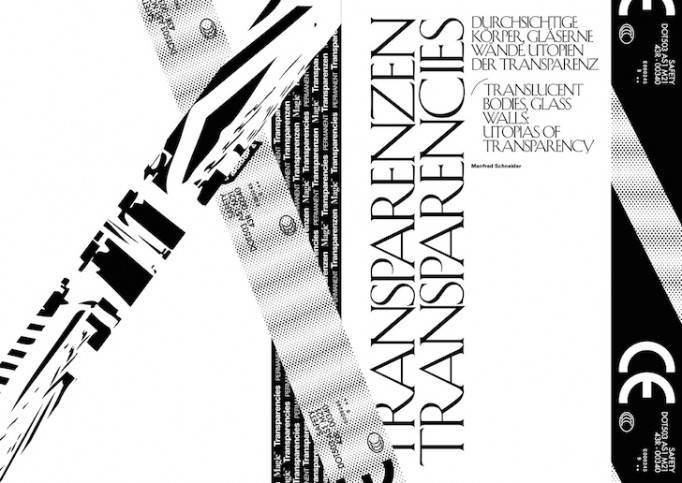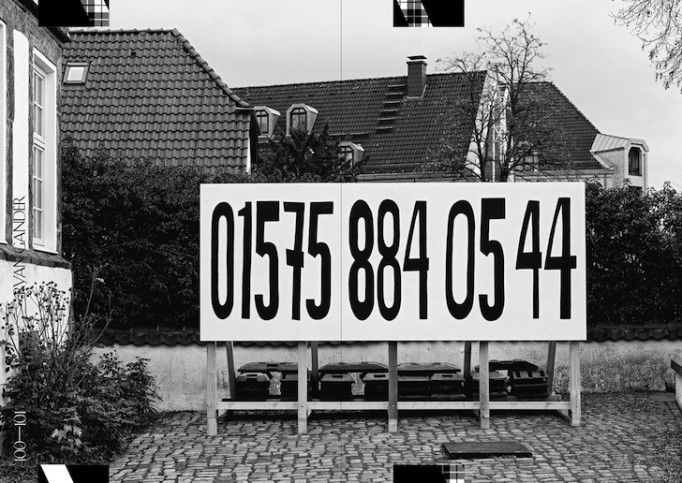Harvard Design Magazine #42. Jennifer Sigler, Leah Whitman-Salkin (eds.). Harvard
Posted in magazines, Motto Berlin store, Motto Books, Uncategorized on May 30th, 2016Tags: Jennifer Sigler, Leah Whitman-Salkin
Editors: Jennifer Sigler, Leah Whitman Salkin
Publisher: Harvard University Graduate School of Design
Pages: 208
“Run for Cover!”
No. 42
S/S 2016
Table of Contents:
Editor’s note: Dreadful Design
Jennifer Sigler
Wide Open
Nancy Etcoff
Fortress London: The New US Embassy and the Rise of Counter-Terror Urbanism
Oliver Wainwright
Feeling Invaded
John Kuo Wei Tchen
Gimme Shelter: Refugee Architecture in Germany
Niklas Maak
Phobia and the City: Rome
Lars Lerup
Holding Fear
Sonja Dümpelmann
Unsettling Unsettlements
Marianne F. Potvin
Anthropocenophobia: The Stone Falls on the City
Renata Tyszczuk
Solitary in Solidarity
Daniel D’Oca
Fear Ebbs on the Skyline but Rises on the Ground
Blair Kamin
Get Me Out of Here: The Solemn Geography of Women in Horror Film
Caryn Coleman
Reading Jane Jabobs in the Era of #BlackLivesMatter
Stuart Schrader
Un-War
Krzysztof Wodiczko
Animal Eyes & Invisible Hunters
Eugénie Shinkle
Fearful Asymmetry: Insurgency and the Architectures of Terror
Joshua Comaroff
Die Noctuque
Enrique Ramirez
A Certain Darkness
Demdike Stare & Robert Gerard Pietrusko
Who’s Afraid of the Covered Face?
Maryam Monalisa Gharavi
Artifacts of Exclusion
Interboro Partners
Fear Is in the Detail
Francesca Hughes & Gergely Kovács
The Iconic Ghetto and the Stigma of Blackness
Elijah Anderson
A Toxic Patrimony
Dan Borelli
The Green Zone: Architectures of Precarious Politics
Amin Alsaden
How to Draw Medellín
Alejandro Echeverri & Alejandro Valdivieso
Mortal Cities
Arna Mačkić
Bringing Back the Front: Relieving the Great War
Justin Fowler
Home Safe
Geoff Manaugh
The Fall of Postmodernism and the New Empowerment
Michael Murphy
Building for the Total Breakdown
Jacob Lillemose
A State of Emergency
Léopold Lambert
Conflict Urbanism, Aleppo
Laura Kurgan
Nuclear Pillowcases
Andrew Wasserman
The Real Move
Elizabeth Streb & Chelsea Spencer
Fear, Faith, and Disaster Preparedness
Arif Khan
The House of One: Facing Fear
Lara Schrijver
Pastiche of Ghosts
Metahaven
Second Nature
Ralph Ghoche
Suspunk: Thinking with Suspicious Packages
Javier Arbona, Bryan Finocki, Nick Sowers
The Horror, the Horror
Bart Lootsma
Robert Smithson, Evel Knievel, and the Landscape of Reclamation
Edward Eigen
Kites
Reginald Dwayne Betts
Feared Spaces, Feared Bodies
Toni L. Griffin
Fear, Fire, and Forty-One Snakes: Notes on the Burning Theater
Thomas A. P. Van Leeuwen
Ambiguous Thresholds
Nuttinee Karnchanaporn
15 €
Buy it

